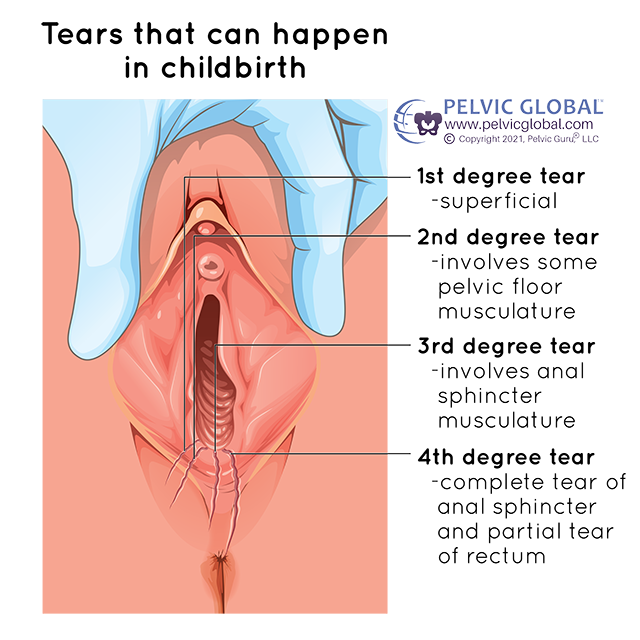Navigating Tears During Childbirth
Understanding Perineal Tears:
Perineal tears, also known as vaginal tears, occur when the delicate tissues between the vaginal opening and the anus stretch or tear during childbirth. They can be classified into four main types:
First-Degree Tears: These are superficial tears involving only the vaginal skin. They are the most common and usually require minimal or no medical intervention.
Second-Degree Tears: Slightly deeper, they affect both the skin and underlying muscles. These may require stitches for proper healing.
Third-Degree Tears: These extend into the anal sphincter muscles. Although more severe, they can be repaired with stitches and typically heal well.
Fourth-Degree Tears: The most serious, these tears reach the anal epithelium. Immediate medical attention and precise suturing are crucial, but most women recover fully.
Preventing Perineal Tears:
While it's not always possible to prevent tears during childbirth, there are measures you can take to reduce the risk:
Perineal Massage: Regular perineal massages in the weeks leading up to birth can increase flexibility and reduce the risk of severe tears.
Warm Compresses: Applying warm compresses to the perineal area during labor can help relax and soften the tissues.
Positioning: Trying different birthing positions, such as squatting or using a birthing stool, hands and knees or side-lying.
Healing and Recovery:
If you do experience perineal tears, rest assured that your body is remarkably resilient. Proper postpartum care and self-care can aid in the healing process:
Stitches: Stitches, if needed, are usually absorbable and don't require removal.
Pain Management: Over-the-counter pain relief, warm baths, and applying ice packs can help manage discomfort.
Pelvic Floor Therapy: Pelvic floor therapy can help with scar tissue mobilization and pain management
Rest and Patience: Rest and patience are key. It can take several weeks for the area to heal completely.
Image used with permission from Pelvic Guru®, LLC www.pelvicglobal.com

